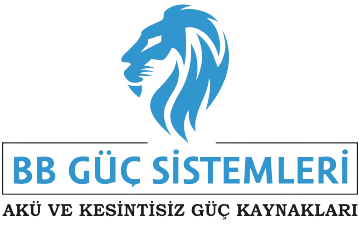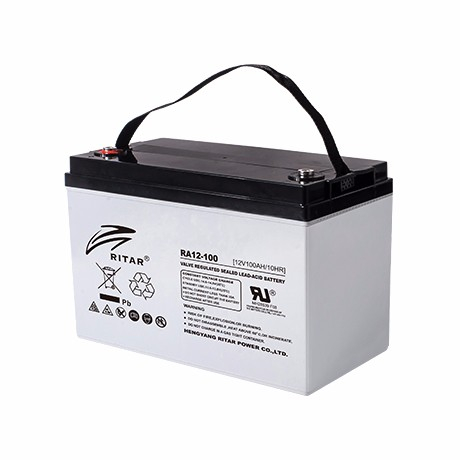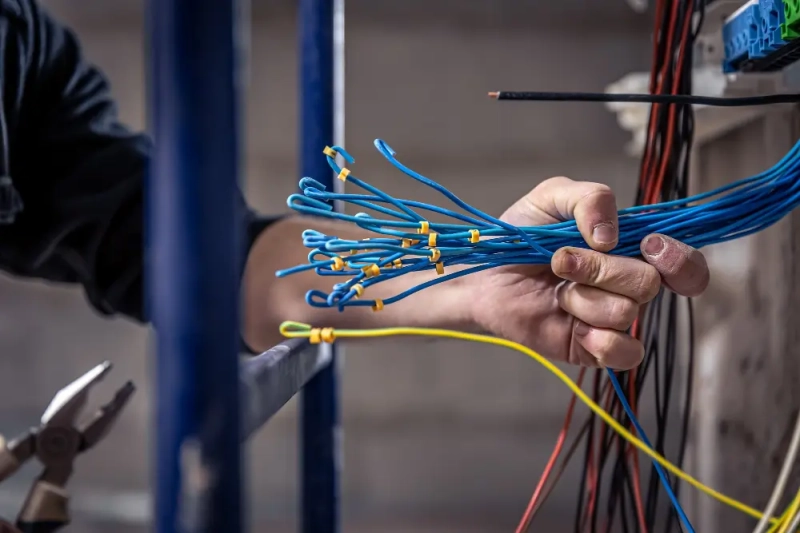
Generators are an important power system equipment used to generate electrical energy and therefore, periodic inspection and maintenance of generators is important. Periodic inspection and maintenance is important to ensure the continuity and efficiency of the generator's operation. Periodic inspection and maintenance is usually carried out to prevent or delay the failure of the generator. This process is intended to detect damage or problems that may occur on the internal surfaces of the generator. Periodic inspection and maintenance is also important to prevent problems that may occur during generator operation.
Periodic inspection and maintenance is usually carried out at certain intervals. These intervals may vary depending on factors such as the frequency of use, operating conditions or generation capacity of the generator. This is usually carried out by a specialized team. This team consists of people specialized in the repair and maintenance of generators.
Periodic inspection and maintenance is also important to optimize the performance and energy efficiency of the generator. This process is aimed at detecting problems that may occur during the operation of the generator in advance and taking the necessary measures to prevent these problems. In addition, periodic inspection and maintenance is intended to take the necessary measures to increase the operating capacity of the generator.
As a result, periodic inspection and maintenance of generators is important to ensure the continuity and efficiency of generator operation. This is done to prevent or delay the failure of the generator and is also important to optimize the performance and energy efficiency of the generator. Therefore, periodic inspection and maintenance is important to avoid problems during the generator's operating period. This is why periodic inspection and maintenance should be prioritized and planned. In addition, maintenance and inspection work should not be forgotten due to its benefits such as compliance with the current needs and conditions of the equipment, operational safety, environmentally friendly operation, and cost reduction.
 Türkçe
Türkçe English
English Russian
Russian



 Web Tasarım Tarafından Hazırlanmıştır.
Web Tasarım Tarafından Hazırlanmıştır.